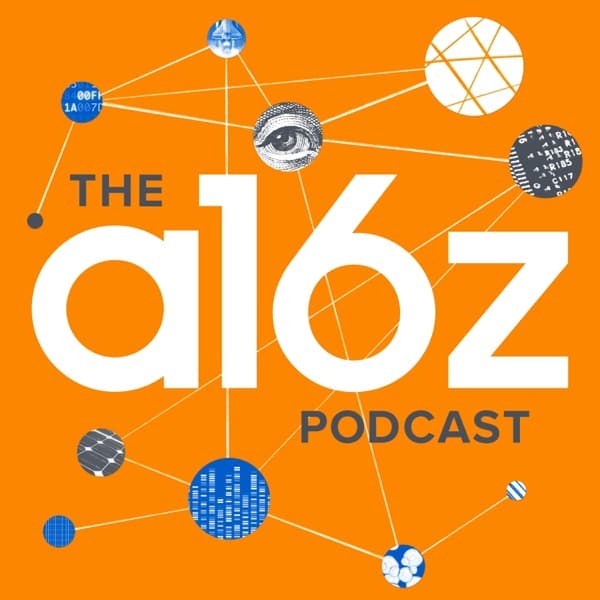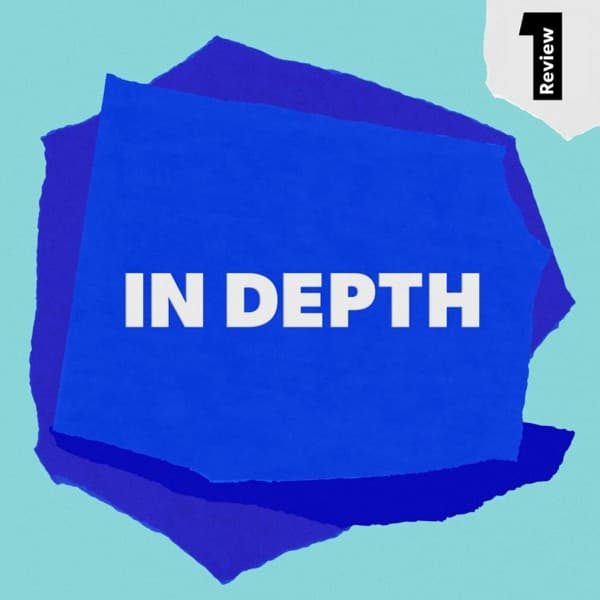OpenAI: The video discusses the importance of innovative research methods and tools in delivering credible data efficiently.
OpenAI: The transcript is too short to provide meaningful insights.
Fireship: The video discusses recent bans on AI technologies, OpenAI's new features, and the competitive landscape in AI development.
OpenAI - OpenAI deep research in practice.
The speaker, Re Anassi, a director in the Research and Data Services Department in San Francisco, emphasizes the significance of delivering the latest and most credible data in research. As research topics become more niche, continuous innovation is necessary to capture all nuances effectively. Anassi highlights the use of deep research tools that cater to specific needs, such as geographies and industries, enhancing the research process. This week, Anassi focused on the semiconductor chip shortage, using various data sources to understand the underlying causes and industry impacts. The tools used provided a quick summary and context, allowing for a holistic view and faster research completion. Anassi appreciates how tools like ChatGPT and AI increase personal capacity, enabling more time for other research tasks, thus enhancing the joy of research by staying curious and open-minded.
Key Points:
- Innovative research tools are essential for delivering credible data efficiently.
- Deep research tools cater to specific needs, enhancing the research process.
- Understanding niche topics requires continuous innovation in research methods.
- AI and tools like ChatGPT increase research capacity and efficiency.
- Staying curious and open-minded is crucial for successful research.
Details:
1. 🔍 Embarking on the Research Journey
- Start your research with a specific question that guides your inquiry, even if your initial understanding is limited.
- Embrace a researcher's mindset by being open and curious, which helps in exploring the topic more deeply.
- Consider defining clear objectives and setting a structured plan to guide your research efforts.
- Use examples of research questions to refine and focus your inquiry, ensuring it aligns with your objectives.
2. 📊 The Essence of Credible Data
- Credible and reliable data sources are essential for conducting good research, impacting the final outcomes and decisions derived from the research.
- The director's role in research and data services is pivotal in ensuring data integrity, which includes overseeing data collection, validation, and analysis processes.
- Effective data management involves implementing robust systems for data storage, retrieval, and security, and is crucial for informed and strategic organizational decision-making.
- Examples of effective data management include real-time data analytics platforms that improve decision-making speed and accuracy.
3. 💡 Embracing Innovation in Research
- Delivering the latest, credible data becomes increasingly challenging as research topics become more niche and specialized. Innovating continuously in research methodologies and data collection processes is crucial to ensure that niche areas are comprehensively covered and that the data remains relevant and up-to-date.
- Specific strategies include leveraging AI and machine learning to automate data collection and analysis, thereby reducing time and increasing accuracy. For example, AI-driven analytics can classify vast datasets quickly, allowing researchers to focus on interpretation rather than data gathering.
- Challenges include the integration of new technologies into existing systems without disrupting current workflows. This requires strategic planning and investment in training and development to equip researchers with the necessary skills to utilize these technologies effectively.
4. 🛠️ Advanced Research Tools and Techniques
- Access to deep research tools allows for a nuanced understanding of requestor needs, focusing on specific geographies and industries.
- The approach aims to tailor research outputs to meet precise requirements, enhancing relevance and applicability.
- Introduce the subsection with a brief overview of the importance of understanding requestor needs in research.
- Incorporate examples of how specific tools have been used to address various industry challenges.
- Ensure smooth transitions between points by linking them with contextual information.
5. 🔧 Unraveling the Semiconductor Shortage
- Identify the key factors contributing to the semiconductor chip shortage, including increased demand from the automotive sector and supply chain disruptions due to the COVID-19 pandemic.
- Highlight the industries most severely impacted, such as automotive and consumer electronics, to prioritize resource allocation and strategize mitigation efforts.
- Analyze historical trends in semiconductor manufacturing to understand the roots of current challenges and anticipate future supply chain issues.
- Examine the projected recovery timeline for the semiconductor market, with emphasis on technological advancements and increased capacity planning.
- Develop strategic partnerships with semiconductor manufacturers to enhance supply chain resilience and ensure steady supply.
6. 🚀 Swift Insights Through Diverse Data Sources
- Leveraging various data sources, such as industry publications, consulting briefs, and semiconductor association data, allows for rapid insight generation and contextual understanding.
- Direct access to sources via hovering provides a comprehensive view of the data, enhancing decision-making.
- This multi-source approach helps in identifying underlying causes and patterns, offering valuable, actionable insights quickly.
7. 🤖 Enhancing Research Capacity with AI
- AI tools like ChatGPT significantly increase research capacity by automating time-consuming tasks, allowing researchers to focus on more critical research activities.
- By automating literature review and data analysis, AI enables researchers to accelerate these processes, speeding up the overall research timeline.
- AI can facilitate collaboration among researchers by providing platforms for sharing insights and data efficiently, thus enhancing collective research efforts.
- Researchers can leverage AI to enhance productivity, staying curious and open-minded through the use of advanced technologies that free up time for innovative exploration.
- Despite the advantages, researchers need to address challenges like data privacy and the reliability of AI-generated insights to fully harness AI's potential in research.
OpenAI - Refreshed.
The provided transcript is extremely limited, consisting of only two words: 'is' and 'you.' This does not offer any context or content to analyze or summarize. Without additional information or context, it is impossible to derive any practical applications or insights from this transcript.
Key Points:
- Transcript is too short for analysis.
- No context or content provided.
- Unable to derive insights or applications.
- Additional information needed for meaningful summary.
- Transcript consists of only two words.
Details:
1. 🔍 Initial Word: 'Is'
- The word 'Is' often initiates a question or statement, suggesting a need to explore further context to identify actionable insights.
2. 🔍 Final Word: 'You'
- Focus on personal accountability and how individual actions contribute to overall success.
- Highlight the importance of self-awareness in professional growth.
- Encourage continuous learning and adaptability to drive personal and organizational progress.
Fireship - OpenAI o3 tries to curb stomp DeepSeek...
The video highlights recent bans on AI technologies like Deep Seek in Italy and other countries, and a proposed US law to ban Chinese AI. OpenAI is trying to stay competitive by releasing new features, including the 03 Mini model and Deep Research for Pro users. Despite these efforts, open-source alternatives are quickly emerging. The video also covers a Reddit AMA by Sam Altman, where he admits OpenAI's need for a new open-source strategy. The 03 Mini model is praised for its speed and cost-effectiveness, competing well against Deep Seek. However, user experiences vary, with some preferring other models for specific tasks. The video concludes with a promotion for Daily.dev, a tool for developers to stay updated on tech trends.
Key Points:
- Italy and other countries have banned Deep Seek, with a US senator proposing a ban on Chinese AI.
- OpenAI released the 03 Mini model and Deep Research feature to stay competitive.
- Open-source alternatives to OpenAI's features are rapidly developed by the community.
- Sam Altman acknowledges OpenAI's need for a new open-source strategy.
- Daily.dev is recommended for developers to stay informed about tech trends.
Details:
1. 🚫 Global Crackdown on AI Technologies
- Italy has taken a firm stance against certain AI technologies by banning the 'Deep Seek' application and removing it from App Stores, highlighting concerns over privacy and security.
- In response to national security and privacy concerns, the United States, Australia, and Taiwan have implemented bans on AI technologies within their government agencies.
- A proposed US legislation seeks to ban all Chinese AI technologies, which could result in penalties of up to 20 years for violations, reflecting heightened geopolitical tensions.
- These actions indicate a growing international trend of cautious and restrictive approaches towards AI technologies, driven by concerns over data privacy, security, and geopolitical influences.
2. 🔄 OpenAI's Strategic Innovations Amidst Competition
- OpenAI introduced the 03 Mini model to maintain competitive parity, aiming to innovate and stay ahead of AI developments by rivals.
- A new feature called 'Deep Research' was rolled out for $200 Pro users, designed to replicate and compete with Deep seek's UI and functionality.
- The 'Deep Research' feature also mirrors a similar offering by Google Gemini, indicating a strategic alignment with industry standards and trends.
- By adopting features akin to competitors, OpenAI demonstrates a strategic pivot to enhance its product offerings and reinforce market position.
3. 🤖 Evaluating AI Model Performance and Challenges
- Open-source developers replicated OpenAI's deep research in 12 hours, highlighting rapid open-source innovation.
- Sam Altman from OpenAI acknowledged a strategic error in their open-source approach, signaling potential shifts in strategy.
- OpenAI's 03 models, including the mini, are positioned as competitive in speed and cost against DeepMind's models across various benchmarks.
- Subjective evaluations like 'Vibes' illustrate the challenge in determining the best AI model, emphasizing the need for diverse criteria in AI evaluation.
- Using a 2D game development test via the GDAU engine, Claude excelled in coding and art tasks, outperforming DeepMind and OpenAI's 03 models.
- AI models currently struggle with producing high-quality 2D pixel art, indicating limitations in creative tasks.
- The gap to achieving AGI is underscored by AI's inability to code complex games like GTA 7, setting a benchmark for future development.
4. 🌟 Emerging Features and Their Market Implications
4.1. Technical Challenges and Competitive Performance
4.2. Reputational Impact and Market Potential
5. 📰 Leveraging Open Source for Tech News and Community Engagement
- Daily.dev serves over a million developers with curated tech content, fostering a learning environment.
- The platform is fully open-source on GitHub, encouraging community contributions and transparency.
- Accessibility is enhanced through browser extensions and mobile apps on both iOS and Android.
- Daily.dev supports technology trends discovery and developer discussions, promoting community engagement.
- A new Plus subscription offers premium features like a clickbait shield; users can try it free for a month with the code 'fireship'.
Included Channels
 Lex Fridman Podcast
Lex Fridman Podcast All-In with Chamath, Jason, Sacks & Friedberg
All-In with Chamath, Jason, Sacks & Friedberg Modern Wisdom
Modern Wisdom Greymatter
Greymatter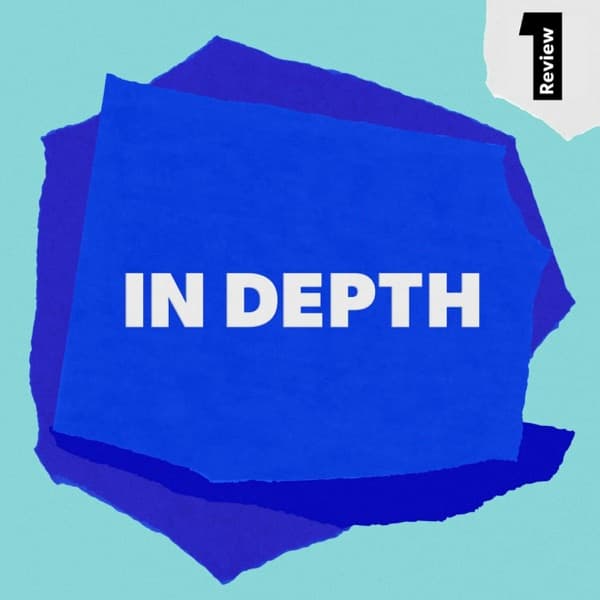 In Depth
In Depth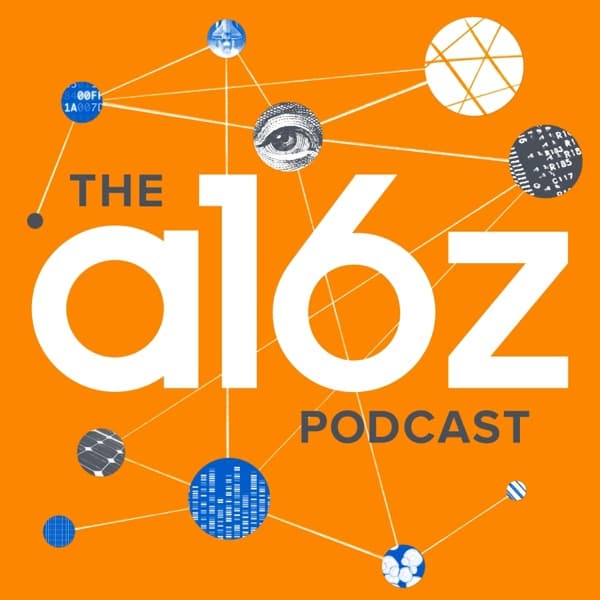 a16z Podcast
a16z Podcast Lenny's Podcast: Product | Growth | Career
Lenny's Podcast: Product | Growth | Career Lightcone Podcast
Lightcone Podcast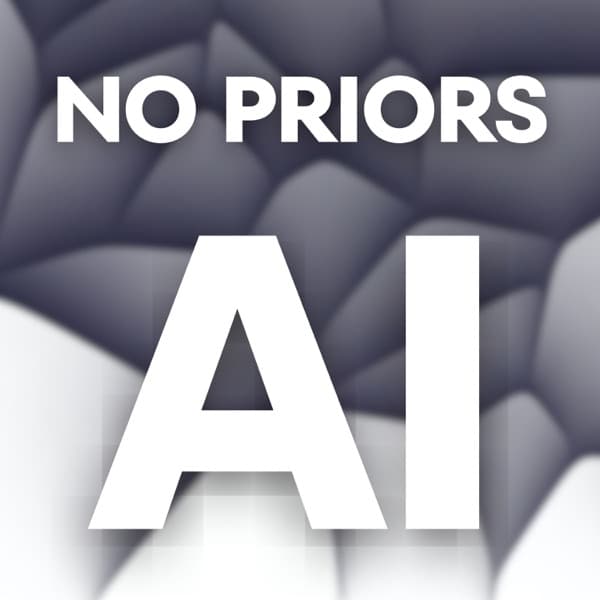 No Priors AI
No Priors AI The Twenty Minute VC (20VC): Venture Capital | Startup Funding | The Pitch
The Twenty Minute VC (20VC): Venture Capital | Startup Funding | The Pitch How I Built This with Guy Raz
How I Built This with Guy Raz BG2Pod with Brad Gerstner and Bill Gurley
BG2Pod with Brad Gerstner and Bill Gurley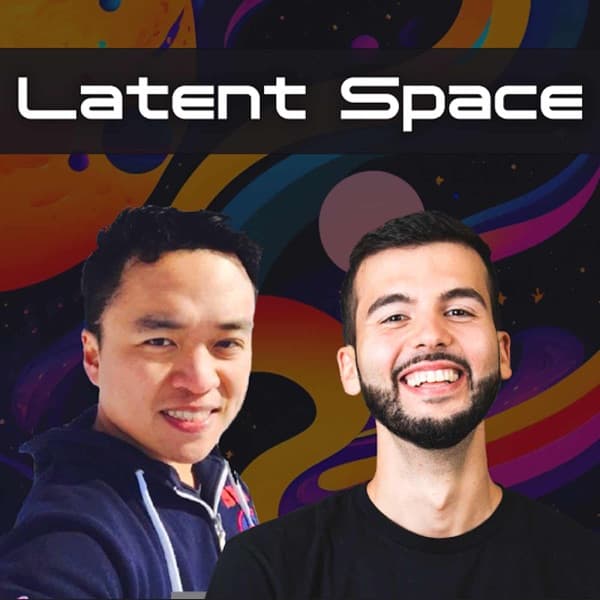 Latent Space: The AI Engineer Podcast
Latent Space: The AI Engineer Podcast



